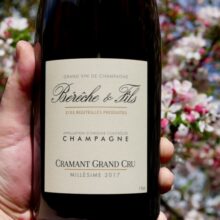
Product information
Bérêche & Fils Grand Cru Cramant (Disg. July 2022) 2017
Original price was: $475.$399Current price is: $399.
Description
Just a little oxy, at a lovely level. Beautifully settled. Excellent shape layering and build of complexity with lees, patisserie and toasty hazelnut. Expressive, generous, fresh citrus and pith. Nice textural phenolics. An excellent drink. Chalky saline acid. Green leafy herb. A cracking BdB
“The 2017 Extra-Brut Cramant Grand Cru is a rich, textured wine. Lemon confit, marzipan, spice and a whole range of tropical accents are dialed up in this exuberant, open-knit Champagne. This is an especially flamboyant style, but it works nicely. The mousse is especially fine, giving the Cramant a decidedly vinous feel. This is tremendous showing …”
Antonio Galloni, Vinous 93 Points
In stock



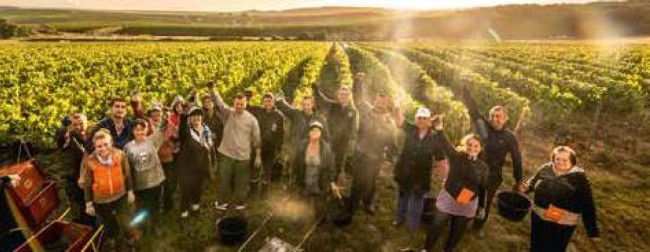



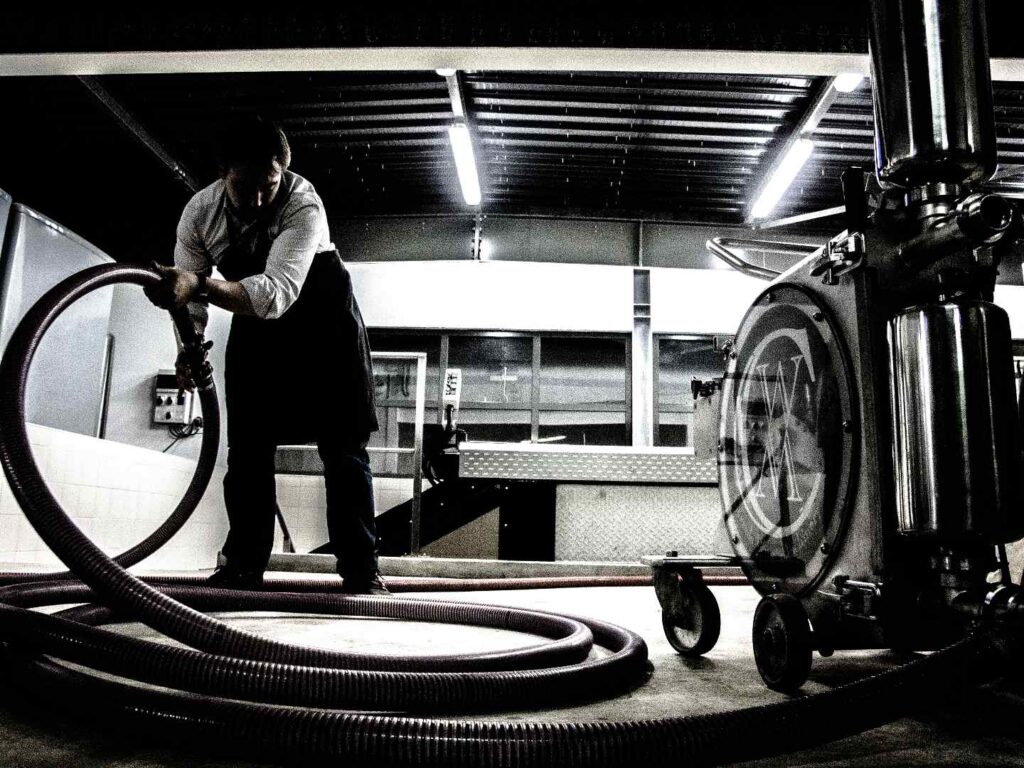
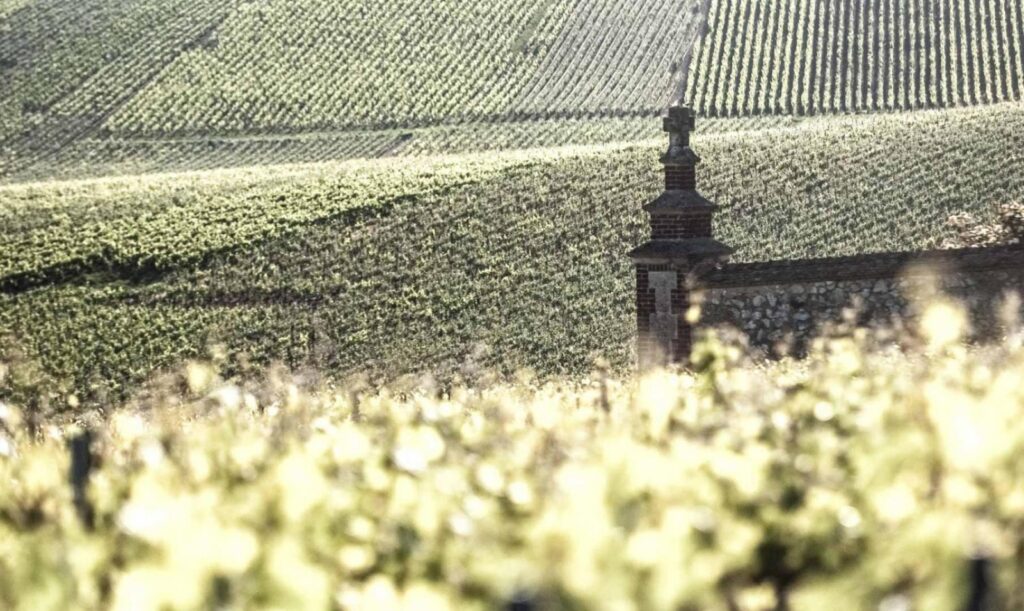
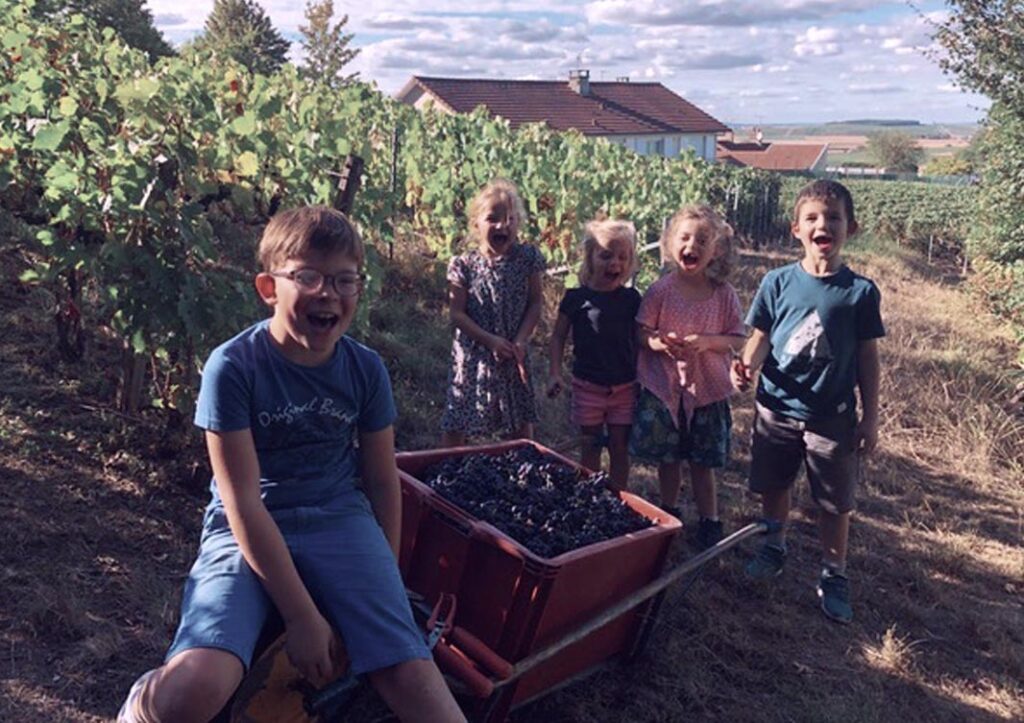
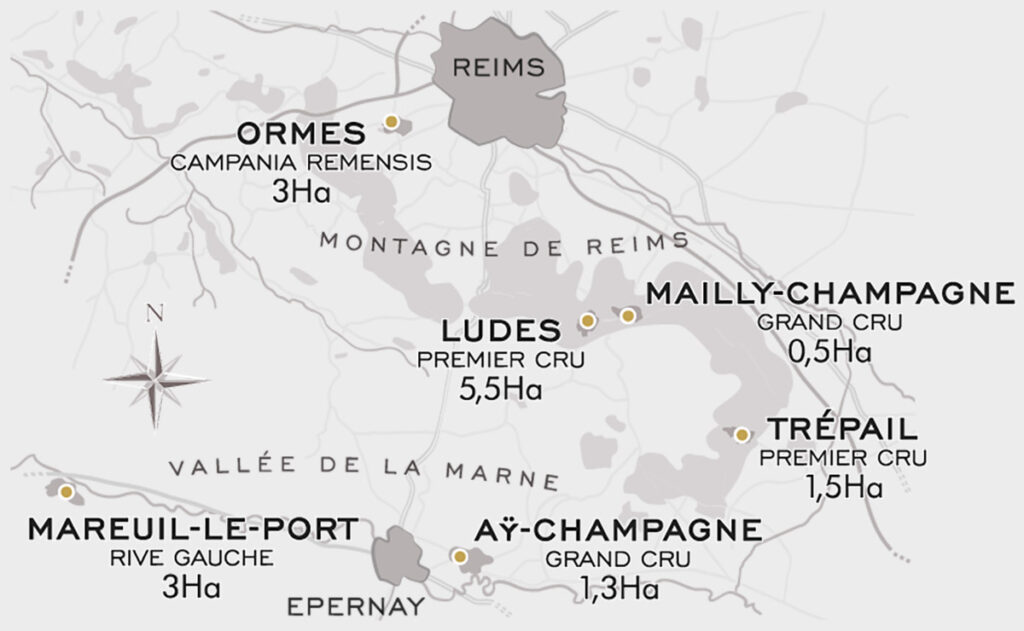
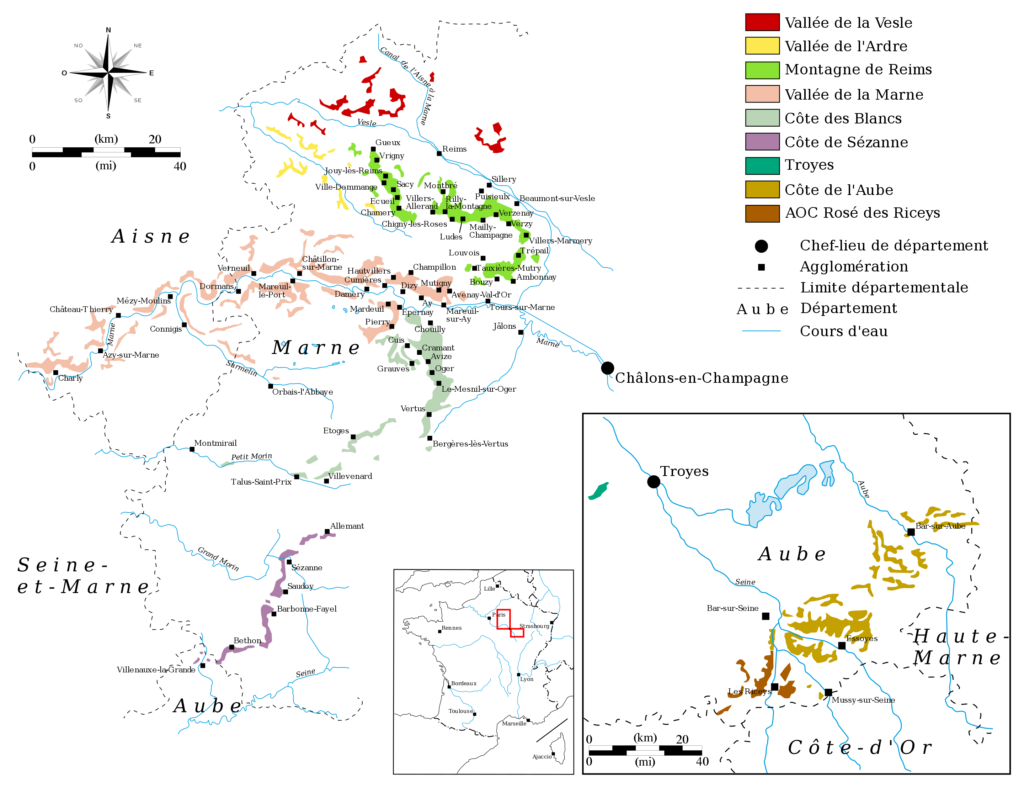



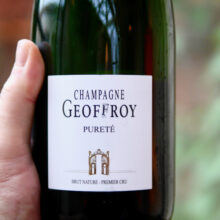

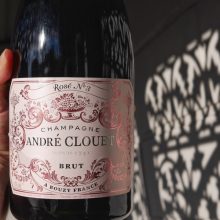
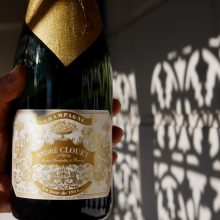
You must be logged in to post a comment.